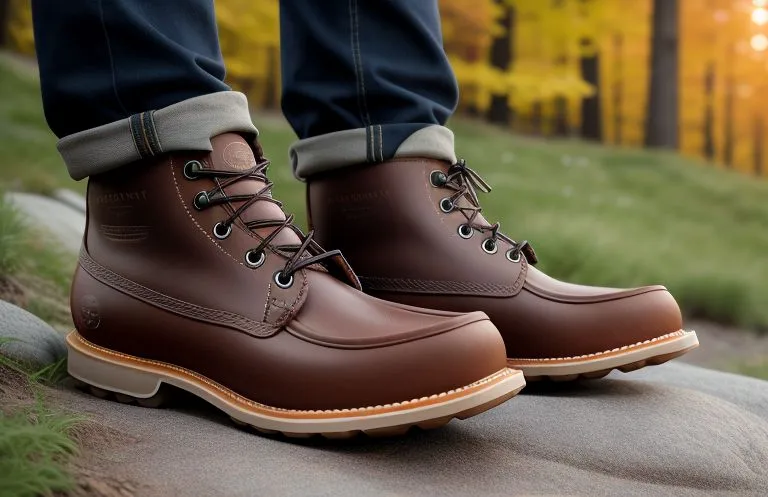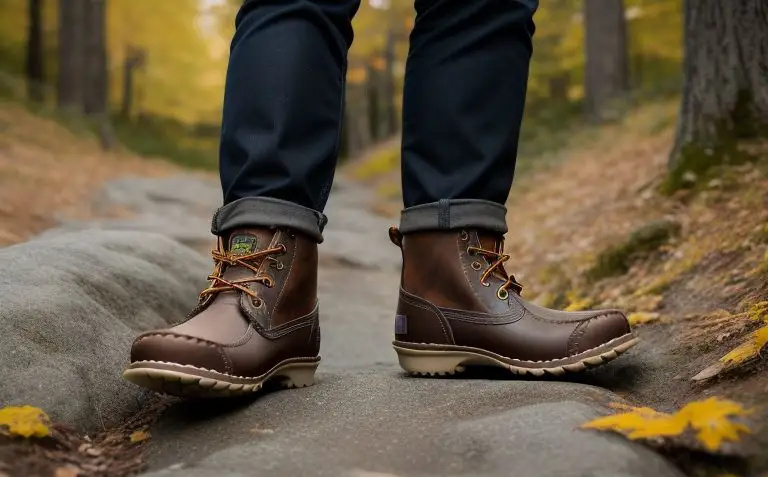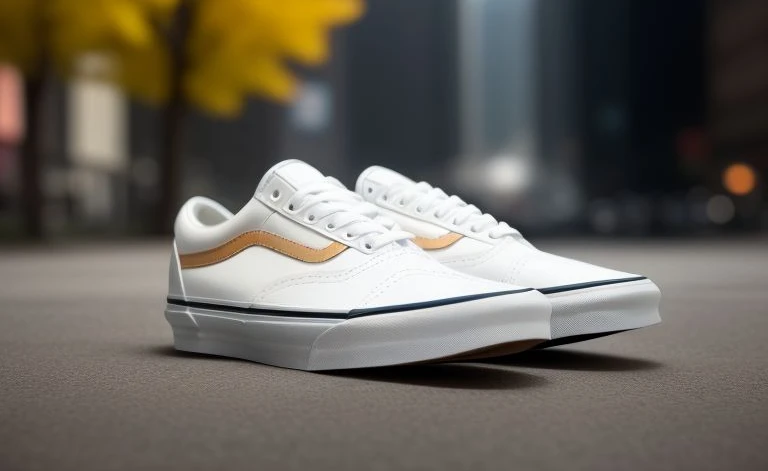Are Bean Boots Good for Hiking? Comfortable or Not?
Are Bean Boots Good for Hiking? – As an outdoor enthusiast, you already know the importance of quality footwear. The right boots can distinguish between a triumphant trek and a painful struggle.
The L.L. Bean Boot, commonly known as the Bean Boot, is an iconic American footwear piece touted for its comfort, durability, and style.
But are they a suitable choice for a rugged outdoor adventure? This post will delve into the question, “Are Bean Boots good for hiking?”
Table of Contents
Are Bean Boots Good for Hiking?

Yes, Bean Boots can indeed be suitable for hiking, but their effectiveness largely depends on your outdoor excursion’s specific conditions and requirements.
If you plan on taking on a relatively easy trail that’s flat and well-maintained, Bean Boots could certainly be up to the task. Their unique combination of leather and rubber design and their water-resistant qualities make them a strong contender for such environments.
However, when it comes to more challenging terrains involving steep inclines, rocky surfaces, or extreme weather, bean boots might not be the most optimal choice due to their lack of ankle support and rigid soles, which are common in traditional hiking boots.
Understanding the Design and Construction of Bean Boots

Originally crafted over 100 years ago for hunting and outdoor labour, Bean Boots were built with durability and practicality. The unique design features a lower half of rubber and an upper half of full-grain leather.
This combination of materials provides an ideal blend of breathability, water resistance, and resilience, making these boots versatile for various environments.
However, compared to specialized hiking boots, Bean Boots may fall short in providing ankle support and rigid soles required for more demanding terrains.
Despite being beneficial in certain conditions, this feature might deter hard-core hikers who need extra stability and support for challenging trails.
So, while Bean Boots holds its own in durability and style, its construction may not cater to the specific needs of all outdoor adventurers.
Evaluating the Waterproofing Features for Hiking
The waterproof feature of Bean Boots is one of their key selling points, particularly beneficial for hikes involving damp or wet environments.
This is primarily due to the hand-stitched rubber bottom, which forms an impermeable barrier against water infiltration, enabling you to confidently navigate through puddles or shallow streams.
However, it’s important to note that while the rubber lower portion of the boot is completely waterproof, the leather upper half is only water-resistant. This means that it can repel water to some extent but isn’t designed to withstand full immersion or prolonged exposure to heavy rain.
Consequently, while Bean Boots can dry your feet in moderately wet conditions, more severe weather or water crossings could saturate the leather upper, leading to damp and uncomfortable feet. Therefore, you may want to consider a fully waterproof hiking boot for hikes involving substantial rainfall or water crossings.
Analyzing Bean Boots’ Traction and Stability
The traction and stability provided by Bean Boots come from their chain-tread rubber outsole, which offers good traction in muddy or snowy conditions.
This specific feature allows for stable footing in these specific environments, which can be particularly beneficial for winter hikes or trails that have become muddy from rain.
However, the traction capabilities of Bean Boots may not be on par with the superior grip offered by traditional hiking boots, specifically when it comes to traversing rocky, steep, or slippery terrains. As for stability, the lack of ankle support in Bean Boots may prove to be a disadvantage.
This could potentially result in instability, especially on uneven grounds or when tackling obstacles commonly found on rugged hiking trails. It’s important for hikers to be aware of these considerations in order to make an informed decision on whether Bean Boots will meet their specific hiking needs.
Assessing the Comfort Factor of Bean Boots
Bean Boots offer a commendable level of comfort, particularly for casual ambles and light hikes. The spacious design of the toe box coupled with the soft leather upper makes for a flexible and comfortable fit.
They are also equipped with a steel shank in the midsole which offers extra support for your feet during shorter walks. For added comfort in cooler climates, these boots come with Thinsulate insulation, keeping your feet warm and cozy.
Additionally, the boots feature molded footbeds, which can adapt to the shape of your feet for a personalized fit. While these features provide a certain level of comfort, you might find them lacking if you plan a strenuous, long-distance hike or intend to carry heavy loads.
The comfort level might not stand up to the demand for more substantial cushioning and support needed for such adventures.
Weighing the Durability of Bean Boots for Hiking
The longevity of Bean Boots is impressive. Constructed with quality materials and sturdy craftsmanship, these boots are designed to endure considerable use. However, like any other pair of boots, they’re not immune to wear and tear, especially when subjected to the rough conditions of intense hiking.
In particular, the soles can begin to show signs of wear over time, particularly if frequently used on rugged terrains. Despite this, Bean Boots have a redeeming feature in the form of a dependable repair service provided by L.L. Bean.
This service can fix worn soles, broken laces, or other signs of wear, giving your boots a second life. In this regard, while Bean Boots can withstand extensive use, hikers should be mindful that rigorous hiking could potentially accelerate the deterioration process.
Yet, the possibility of professional repair services could counterbalance this drawback and provide the boots with extended usability.
Considering the Style Aspect of Bean Boots
Beyond their practical use, Bean Boots also offer a distinctive style element. Their unique aesthetic sets them apart from the standard hiking footwear, giving them a fashionable edge.
Perfectly suited for both outdoor trails and urban settings, these boots are a versatile staple for any wardrobe.
Their ability to transition effortlessly from a day on the trails to an evening in the city provides both convenience and style. However, as with any fashion item, the appeal of Bean Boots is subjective. While some may be drawn to their vintage, outdoorsy charm, others may prefer a more modern or sleek design.
Therefore, when considering Bean Boots for hiking, your personal style preferences should also come into play. Whether or not their classic, rugged look aligns with your aesthetic could be a deciding factor in choosing Bean Boots for your hiking adventures.








